
COVID-19: Know symptoms and next steps to help ensure full recovery
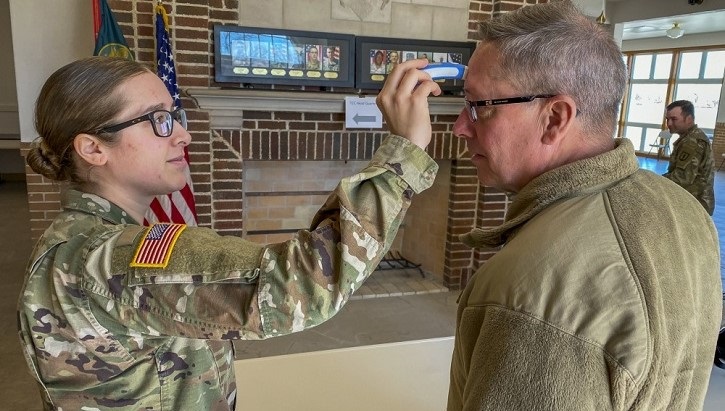
Sgt. Kate Cole, a medic with the 209th Regiment (Regional Training Institute) does a temperature check for Maj. Gen. Daryl Bohac, Nebraska adjutant general, as he enters Memorial Hall for an officer candidate commissioning ceremony March 20, 2020, at the Camp Ashland Training Site, Nebraska. (Nebraska National Guard photo by Sgt. Lisa Crawford)
Sore throat, aching muscles, stuffy nose – are you feeling sick because of seasonal allergies, a cold, or could your symptoms be a sign of COVID-19?
Many people may be concerned about catching this new respiratory virus that leads to COVID-19 disease, and that's understandable. Since the first reports in late December, about 3 million people around the world have tested positive. That number includes approximately 981,000 confirmed cases in the United States as of April 28, according to the Centers for Disease Control and Prevention.
The good news: Most people who become infected will recover, according to the CDC, and without needing special medical treatment. So there's no need to panic if you get sick. What's important is knowing what to do next to help ensure a full recovery and avoid infecting someone else.
The main symptoms of COVID-19 are fever at or above 100.4 degrees Fahrenheit, cough, and shortness of breath. The CDC says these symptoms can occur anywhere from two days to two weeks after becoming infected. Other symptoms may include muscle pain, headache, chills, sore throat, and a new loss of taste or smell.
Emergency warning signs that require immediate medical attention include trouble breathing, chest pain or pressure, and bluish lips or face. The CDC advises anyone experiencing these symptoms to call 911. If possible, put on a face covering before medical help arrives.
Some people may become seriously ill from COVID-19 and have difficulty breathing. The virus may be especially dangerous for people who have chronic or long-term health conditions that affect the immune system. Those conditions include heart or lung disease, diabetes, treatment for cancer, and HIV/AIDS.
For cases that are not emergencies, experts advise people to stay home. Don't go to a military treatment facility or urgent care clinic because that may expose others to the virus. Instead, contact the MHS Nurse Advice Line. Registered nurses will screen for COVID-19 exposure or infection. They also will offer advice for self-care and, if appropriate, coordinate virtual appointments with health care providers. Nurses also may make a referral to visit a health care provider in person.
“Virtual care has become valuable for health care providers and patients during the coronavirus pandemic,” said U.S. Public Health Service Lt. Bobby Taylor, program manager for the MHS Nurse Advice Line.
“This resource allows you to practice social distancing and still get the answers to your health questions and concerns.”
The CDC offers advice for managing COVID-19 symptoms at home. It includes resting, staying hydrated, and monitoring symptoms to make sure they don't get worse. Sick people also should isolate themselves from others, including family members. That may require staying in separate rooms of the house and using a separate bathroom, if possible.
Health care providers can offer guidance for when sick people can stop isolating. Typical guidelines include at least seven days since symptoms first appeared, improvement of symptoms, and at least three days with no fever while staying off fever-reducing medications.
TRICARE beneficiaries can sign up for email updates and get the latest information on COVID-19, including emergency and urgent care options and pharmacy home deliveries.
Health care providers and military families at MTFs receive CDC-based guidance on COVID-19 through the Defense Health Agency, said Army Col. (Dr.) Jennifer Kishimori, director of chemical, biological, radiological, and nuclear medical countermeasures policy in the Office of the Assistant Secretary of Defense for Health Affairs.
"We are working to communicate current CDC guidance for public health, hospital preparedness, patient evaluation, infection control, laboratory testing, and health risk communication, in coordination with the Joint Staff," she said.
This guidance ensures any patient with a risk of infection receives the proper care and testing, and that public health authorities are notified of all cases.
CDC maintains childhood immunization guidelines during COVID-19
Article
5/1/2020
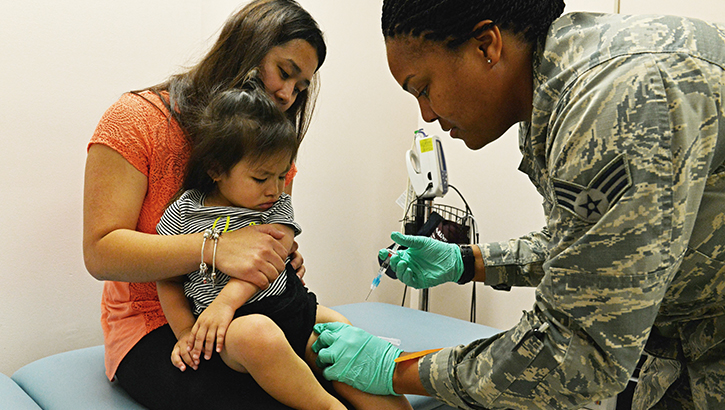
What you need to know about getting your child vaccinated
Army veterinarians post FAQ for pet owners to Army Public Health Center COVID-19 website
Article
4/30/2020

Studies are underway to investigate human to animal transmission in multiple animal species.
BAMCheroes appreciation
Video
4/29/2020
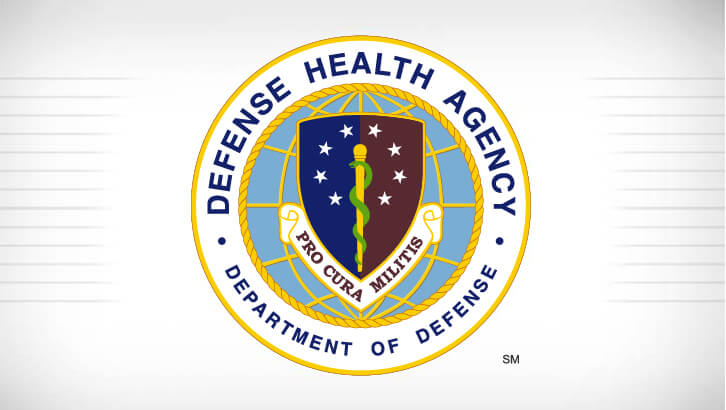
Our community has been a great source of support! Check out some of the positive feedback Brooke Army Medical Center has received for our incredible healthcare professionals.
Defending the Homeland: WRNMMC on front line of COVID-19 war
Article
4/29/2020

For patient and staff safety, WRNMMC started restricted access control points March 12.
Amid COVID-19, seasonal influenza still a threat to force readiness
Article
4/29/2020
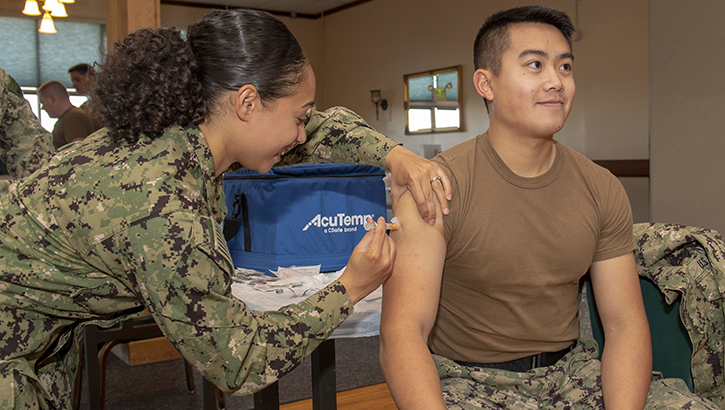
New Southern Hemisphere flu vaccine available May 2020
MHS pharmacies adapt services amid COVID-19
Article
4/28/2020
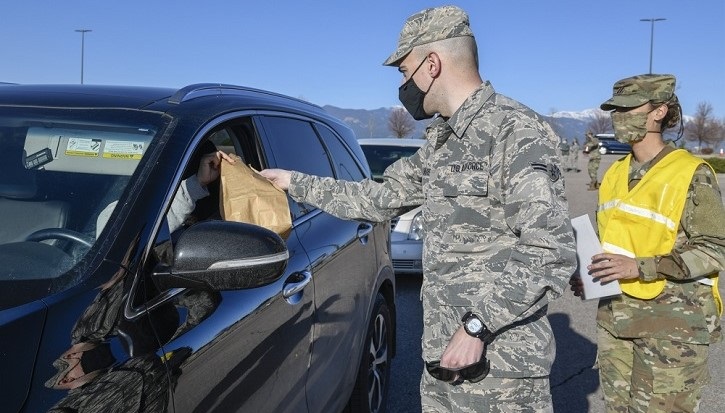
Curbside, drive-thru, parking lobbies among solutions for prescription pickup
General’s visit punctuates engineering efforts converting arena to alternate care site
Article
4/27/2020
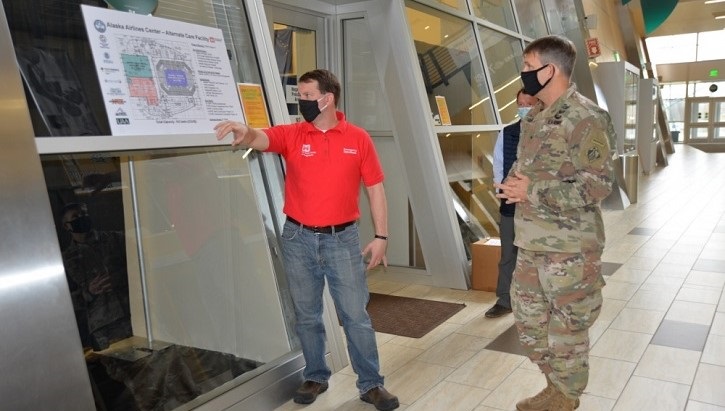
The project cost $1.26 million and was completed in one week.
Video Message from LTG Ronald J. Place, MD
Video
4/24/2020

Thank you for continuing to do your part to help flatten the curve
MHS Minute - Military Medicine: On the Front Lines of COVID-19
Video
4/24/2020
Agencies across the federal government are partnering up to combat COVID-19. Find out how the Military Health System is doing its part to support the U.S. response to this pandemic, while ensuring our Service members remain ready.
Medical lab workers ensure readiness and wellness behind the scenes
Article
4/24/2020

This week, thank a medical laboratory professional
Early Detection Support for Troops During COVID-19
Article
4/23/2020

The network’s ability to integrate the priorities identified by the Combatant Commands into its mission creates an agile organization ready to respond to needs as they occur.
I Am Navy Medicine - Stopping the spread of COVID-19: Hospital Corpsman 3rd Class Donald Cooney
Article
4/23/2020
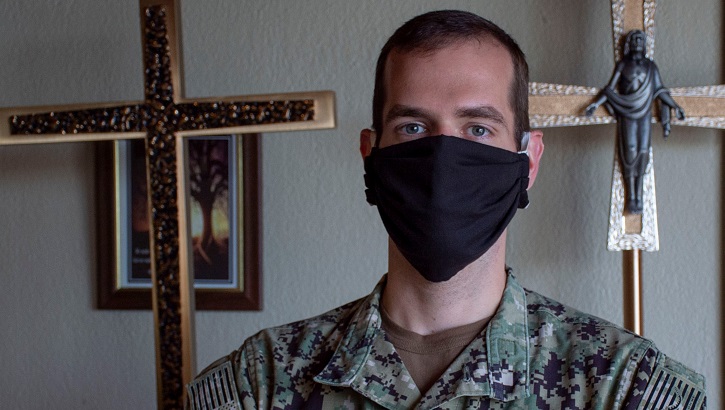
Faith and a strong sense to serve his country has brought a Lebanon, Ore., native to the world of Navy Medicine.
MHS - Defending the Homeland: Proning made easy at Keesler Air Force Base
Article
4/22/2020
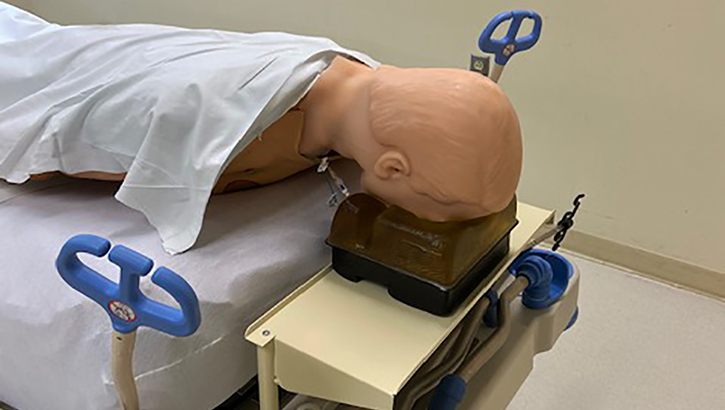
Departments work together on solution to ICU breathing problem
Cybersecurity critical for DoD teleworkers during pandemic
Article
4/21/2020

During the COVID-19 pandemic, there is a high-volume of DoD network users teleworking. Everyone must balance the requirements of the military health care mission with that of protecting the network, computers and mobile devices.
DOD, VA launch Joint Health Information Exchange
Article
4/21/2020
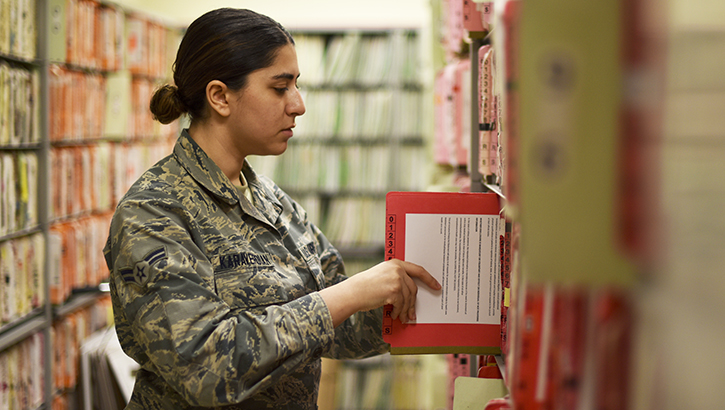
Increased access leads to gains in patient care, outcomes






















.png)











No hay comentarios:
Publicar un comentario